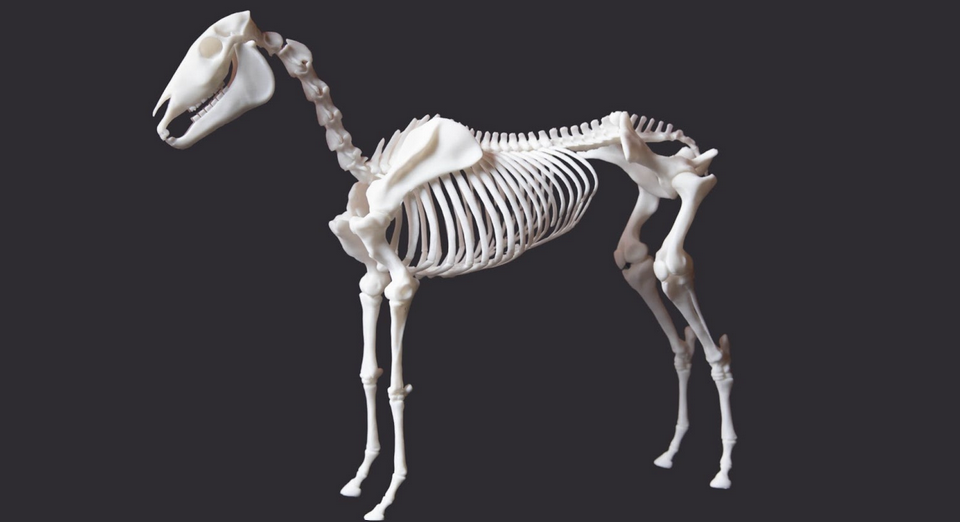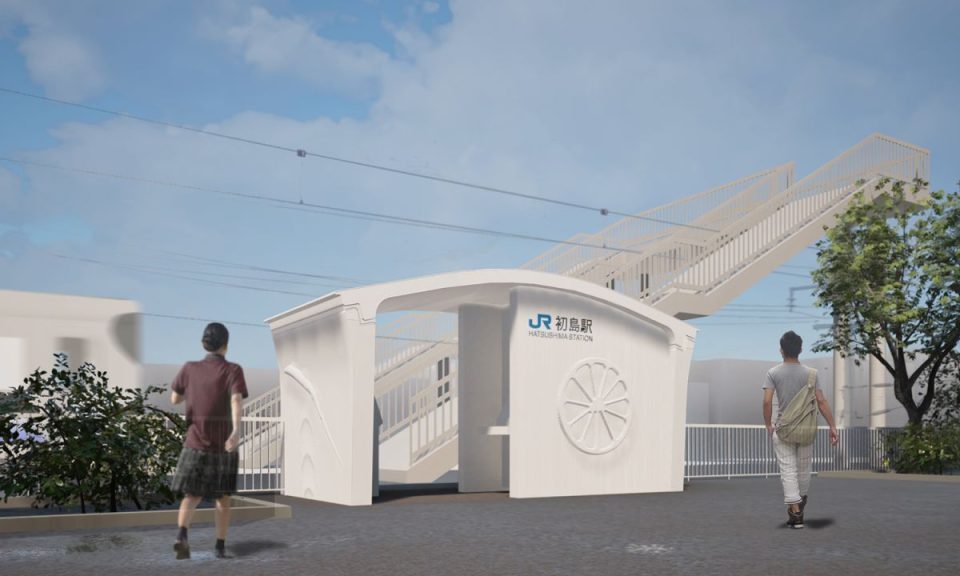Da Vinci Junior 1.0 3D Printer
31/08/2017
Komunitas E-Nable mudahkan anak difabel cetak anggota badan palsu dengan printer 3D.
05/09/2018Cintec uses 3D printing to help complete million-dollar restoration of Red House
Jul 3, 2018 | By Thomas
CINTEC, a structural masonry expert headquartered in Newport, Wales, has undertaken vital restoration work on one of the world’s most prestigious Government buildings, The Red House, also known as the seat of Parliament for the Republic of Trinidad and Tobago.

The $1m project, undertaken by Cintec’s North American division, marks a monumental moment in the history of structural engineering as one of the Reinforcement anchors inserted into the structure is believed to be the longest in the world, measuring 36.52 meters (120 Ft) in the length. It was also the first time that Cintec had used 3D printing for sacrificial parts.

The original structure, built between 1844 and 1892, failed to reach its completion before it was severely damaged by a fire in March 1903, resulting in the start of the initial refurbishment in 1904. Both the Beaux-Arts style architecture and red paint are key characteristics of the striking building.
In 2017, following Cintec's successful restoration work on the White Housek the Egyptian Pyramids and the Queens Royal College's external walls, Cintec's North American division began working on The Red House.
Cintec's approved contractor, Celtest of Bangor (located in North Wales), was awarded the contract to install the Cintec Reinforcement System. The principle of the Cintec anchoring system is illustrated below. The stainless steel hollow section has been inserted into in situ materials in the drilled holes on either side of the cavity.

The grout has been injected under low pressure, inflating the sock throughout, but noticeably in the cavity and the hollow in the outer leaf. Milk grout has passed through the expanded sock mesh to provide a cementitious and mechanical bond to the in situ materials.

During trials, it was calculated that the positioning of the drill would be deliberately pointing upwards at 0.50 degrees. This would compensate for the force of gravity pulling down the core barrel, which was over 38m/125 ft in length, and proved extremely effective.
Robert Lloyd-Rees, managing director of Cintec North America, said: "Accuracy is critical during a project such as this, misalignment by one degree would mean the drill exiting at the wrong point causing a great deal of damage to the structure.
"We spent a great deal of time and used all of our own unique techniques to ensure that the project would be completely successful in restoring such an historic structure to its former glory."
Peter James, Cintec Group chairman, said: "This exciting project, with all of its technical difficulties, illustrates how our anchoring system can be adapted to solve the most complicated structural repairs in order to help restore yet another world-famous landmark."
Soures : www.3ders.org





